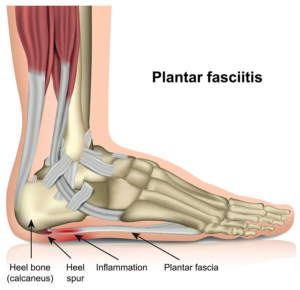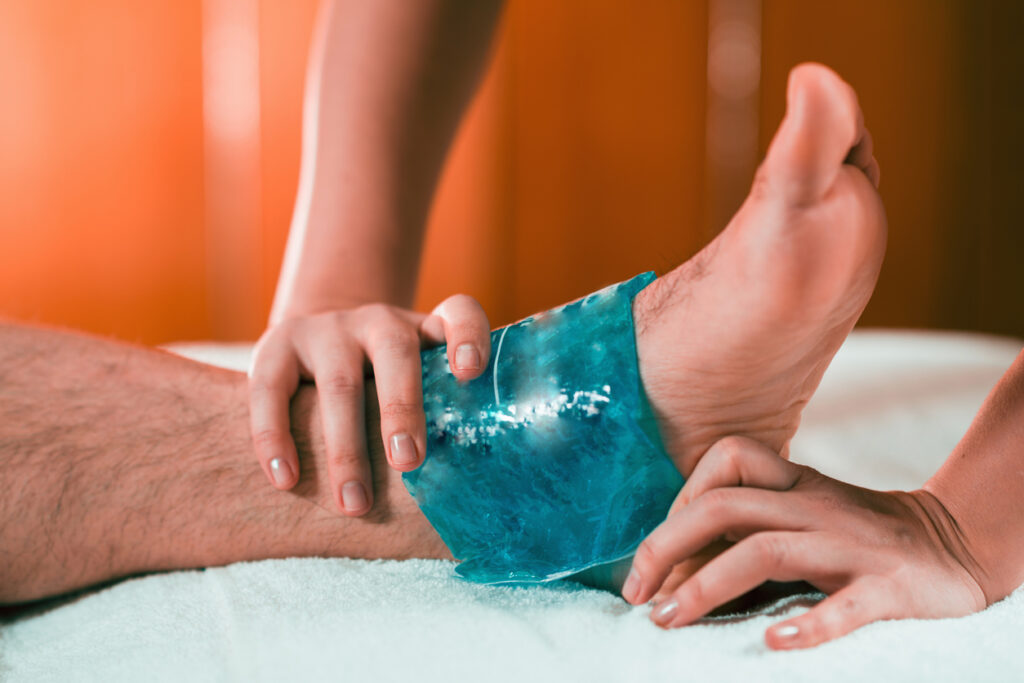Foot pain can greatly impact your daily activities and overall well-being. Whether caused by standing all day, overuse, or wearing uncomfortable shoes, finding ways to relieve foot pain is essential for maintaining an active and pain-free lifestyle. This blog post will guide you through understanding common foot pain conditions and offer practical home remedies to help alleviate discomfort.
Understanding Common Foot Pain Conditions
Before diving into remedies, it’s crucial to recognize the underlying causes of foot pain. Some common conditions include:
- Plantar Fasciitis: The most frequent cause of heel pain, often characterized by sharp pain when taking your first steps in the morning.
- Achilles Tendinitis: Inflammation of the Achilles tendon, causing pain and stiffness in the back of your leg.
- Metatarsalgia: Pain in the ball of the foot, usually triggered by overuse or ill-fitting shoes.
- Bunions: Bony bumps at the base of your big toe can cause significant discomfort.
- Hammertoes: Toe deformities where they bend downwards, making it uncomfortable to walk or wear shoes.
Understanding these conditions can help you identify the root of your pain and choose the most effective remedy.
Effective Home Remedies for Foot Pain Relief
If you’re suffering from foot pain, there are many simple and effective remedies you can try at home to find relief:
1. Rest and Elevation
Resting your feet is crucial, especially if you’ve been standing or walking for long periods. Elevate your feet above heart level to reduce swelling and improve circulation. This practice can help relieve pain caused by conditions like plantar fasciitis.
2. Ice Therapy
Applying ice to the painful area can help reduce inflammation and numb discomfort. Use an ice pack or a bag of frozen vegetables wrapped in a towel and apply it for 15–20 minutes, several times a day. Ice therapy is especially useful for acute injuries or after long periods of standing.
3. Compression
Wearing compression socks or wraps can help reduce swelling and support the affected area. However, ensure the compression is not too tight, as this may restrict blood flow.
4. Warm Foot Baths
Soaking your feet in warm water with Epsom salts or apple cider vinegar can be incredibly soothing. Epsom salts contain magnesium, which helps relax muscles and alleviate inflammation. You can also add a few drops of lavender or peppermint essential oils for an extra touch of relaxation.
5. Stretching and Strengthening Exercises
Incorporating foot stretches and strengthening exercises can enhance flexibility and alleviate pain. Some recommended exercises include:
- Calf Stretch: Lean against a wall with one leg extended back and the other forward. Press your back heel into the ground to stretch your calf muscles.
- Toe Curls: Sit on a chair, place a towel on the floor, and use your toes to grab the towel and pull it toward you. This strengthens the muscles in your feet.
- Marble Pickup: Place marbles on the floor and pick them up using your toes. This helps strengthen smaller muscles in your feet.
6. Self-Massage
Massaging your feet can increase circulation and reduce tension. Use your hands, a tennis ball, or a small massage roller to apply pressure to the soles of your feet. Massage helps relieve soreness, especially if you’re on your feet all day.
7. Supportive Footwear
Wearing the right shoes is crucial in preventing and relieving foot pain. Look for footwear with good arch support, cushioning, and plenty of room for your toes. Avoid wearing high heels or shoes that pinch, as these can worsen pain over time.
8. Orthotics
Custom orthotic insoles can provide additional support, especially if you have biomechanical issues like flat feet. A podiatrist can recommend the best orthotics to suit your needs.
9. Over-the-Counter Pain Relief
Nonsteroidal anti-inflammatory drugs (NSAIDs) like ibuprofen or naproxen can provide temporary relief from pain and inflammation. Be sure to follow dosage instructions and consult your doctor if you have any health concerns.
10. Maintain a Healthy Weight
Carrying excess weight can put added strain on your feet, leading to pain and discomfort. Maintaining a healthy weight through regular exercise and a balanced diet can help reduce pressure on your feet and improve your overall foot health.
11. Foot Hygiene

Good foot hygiene is essential for preventing infections and keeping your feet healthy. Wash your feet daily, dry them thoroughly, and moisturize them to avoid dryness and cracking. Regularly check for signs of injury, especially if you have diabetes or circulation issues.
12. Night Splints
If you suffer from plantar fasciitis, wearing a night splint can help keep your foot in a stretched position, reducing morning pain and stiffness.
When to Seek Professional Help
While most foot pain can be treated at home, there are instances when professional help is necessary. If your pain persists, worsens, or is accompanied by swelling or severe discomfort, it’s time to consult a healthcare professional.
A podiatrist can diagnose the underlying cause of your pain and recommend personalized treatments, such as physical therapy or custom orthotics.
Foot pain doesn’t have to be a constant part of your life. By incorporating these home remedies, such as rest, ice therapy, stretching, and proper footwear, you can significantly reduce discomfort and get back on your feet quickly. Always listen to your body and seek professional help if necessary.
With the right care, your feet will stay healthy, pain-free, and ready to carry you through life’s activities.
You can check Jadewang Foot and Calf Massager to get rid of foot pain more effectively.


